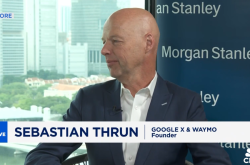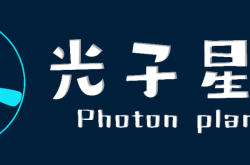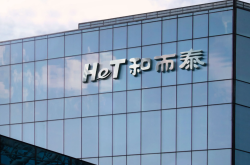AI: Kuaishou's New 'Trusty Companion'
![]() 11/24 2025
11/24 2025
![]() 352
352

Written by | Wen Yehao
Edited by | Wu Xianzhi
On November 19 (Beijing Time), Kuaishou unveiled its financial report for the third quarter of 2025.
The financial report reveals that Kuaishou's revenue in the third quarter hit 35.6 billion yuan, marking a 14.2% year-on-year increase. Under non-IFRS measurement, the adjusted net profit reached 4.986 billion yuan, a 26.3% jump from the previous year.
Regarding user data, the average daily active users of the Kuaishou app soared to 416 million, a 2.1% year-on-year rise. The average monthly active users climbed to 731 million, a 2.4% increase compared to the same period last year.
Nearly all platforms, upon reaching maturity, experience a shift in strategy — expanding outward in the initial phase and then consolidating inward later on.
Kuaishou appears to be following this trajectory. While its user base continues to grow steadily at a high level, its revenue and profit growth have stabilized at double-digit rates. It's evident that Kuaishou's focus has shifted from horizontal expansion to vertical value creation.
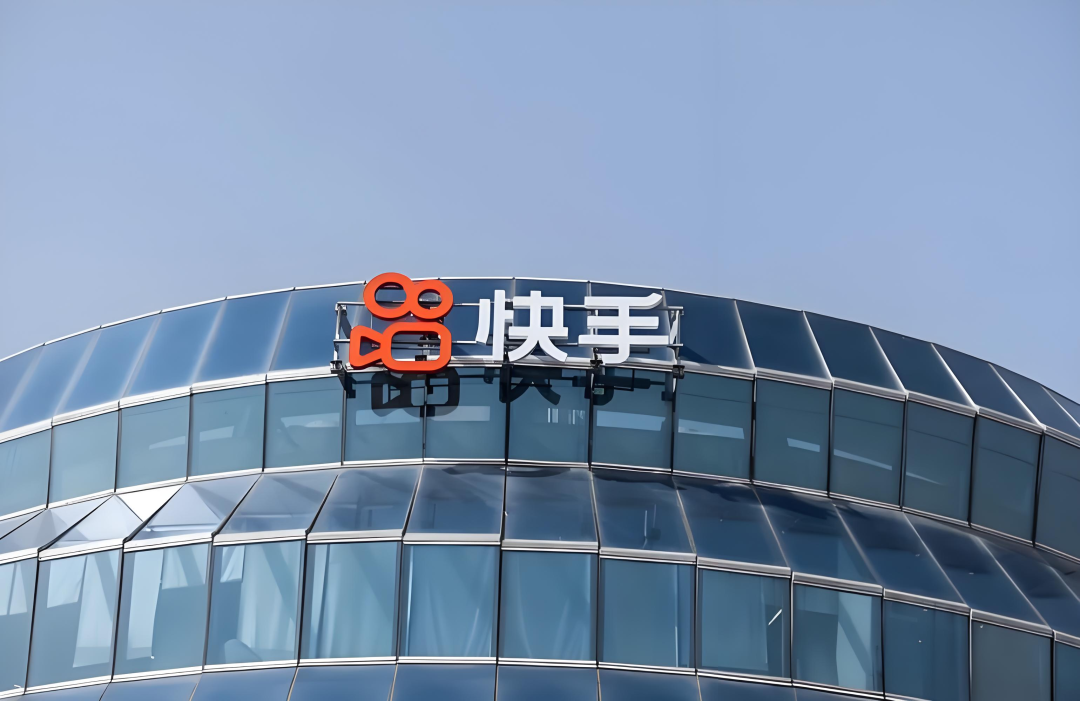
For instance, Kuaishou once vigorously promoted its local services sector, adopting a competitive strategy to sustain itself. However, as the battlefield grew increasingly complex and competition shifted back to offline fulfillment and supply chains, Kuaishou opted to scale back.
During a recent organizational restructuring, Kuaishou merged its Local Services Division with the Lead Advertising Business into a new Life Services Division, headed by Liu Xiao, who reports to Senior Vice President Wang Jianwei. The former head, Xiao Gu, has stepped down to a secondary role as a company advisor.
This move doesn't necessarily signify a retreat but rather reflects a change in strategy — utilizing more controllable resource allocations to secure more predictable returns.
Given the decreasing external certainty, Kuaishou needs to emphasize internal certainty. While aligning everything with AI offers numerous narratives, AI doesn't seem to be an 'endless game'.
AI Overshadows 'Trusty Companions'
Currently, many companies are aligning themselves with AI, even eagerly defining themselves as 'AI companies.' However, when the core is dissected, most companies' cross-sections reveal amplified narrative elements rather than practical implementations — storytelling outweighs execution.
Earlier this year, Cheng Yixiao judged that the key to competition in the tech industry lies in who can better integrate AI technology with specific application scenarios. Whether Kuaishou can refine its AI capabilities has naturally become an important criterion for testing its evolution.
Throughout Kuaishou's financial report for this quarter, AI permeates various dimensions such as content, commerce, and even organizational structure. Taking online marketing services, which account for half of the revenue, as an example, the financial report shows that its revenue in the third quarter of 2025 reached 20.1 billion yuan, a 14% year-on-year increase.
In the domestic market, approximately 4%-5% of the incremental growth in this business directly stems from the intervention of the generative recommendation large model OneRec and the generative reinforcement learning bidding model G4RL. Additionally, AI's enhanced understanding in areas such as content moderation and customer service is gradually replacing human-dependent roles, reducing operational costs.
For Kuaishou, rather than seeking a new narrative, it may be more eager for a new framework. However, using AI to improve efficiency and reduce costs is already a fundamental skill in the industry, offering limited imagination. The real challenge Kuaishou faces next is how to truly develop this framework.
In this regard, Kling AI naturally holds high hopes for Kuaishou. It can even be said that Kuaishou's strong association with the AI track over the past two years is supported not by the aforementioned conventional applications of cost reduction and efficiency improvement but by the more 'enticing' Kling AI.
The financial report shows that in the third quarter, Kling AI's revenue exceeded 300 million yuan.
Based on an estimated annual revenue of just over 1 billion yuan, Kling AI holds minimal financial weight in Kuaishou's revenue portfolio, which is in the hundreds of billions of yuan. However, it carries significant technical and narrative weight — supporting 'directional' value rather than current revenue.
In the context of video large models, Kling AI is often compared to products like Sora2, Veo3, and ByteDance's Jimeng AI.
Having its own product involved in top-tier competition not only proves Kuaishou's technological prowess but also means it will bear long-term external pressure. This naturally compels Kuaishou to continue investing heavily in computing power, training, and AI talent.
The financial report shows that in the third quarter of this year, Kuaishou's R&D investment reached 3.65 billion yuan, a 17.7% year-on-year increase, primarily due to increased AI-related investments and talent reserves.
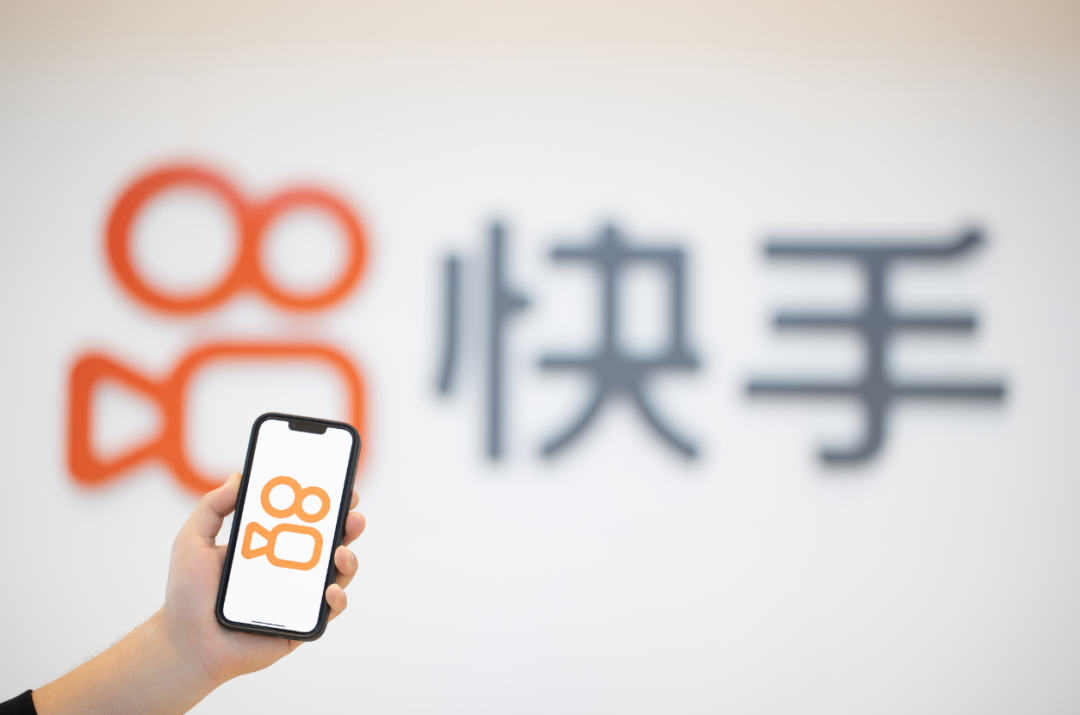
However, this seems unable to halt the arrival of change.
After OpenAI launched Sora2, the Sora App became globally popular, sparking discussions about its potential to become the next generation of social networks. This scenario has made both Douyin and Kuaishou, long-dominant players in short videos, nervous — if content production methods are redefined, their supply-side logic, which they rely on, may be forced to refactor (reconstruct).
Facing potential threats, Kuaishou seems unwilling to engage in direct competition.
Sora's approach is to first make 'anyone can shoot a film' sufficiently satisfying on the consumer side before penetrating the professional side. In contrast, Kling AI takes the opposite approach.
During the financial report conference call, Cheng Yixiao pointed out that Kling AI's current core goal is to focus on 'AI film and television creation scenarios' — a strategy that seems to avoid direct competition. It is reported that after the release of the Kling AI 2.5 Turbo model, video generation costs have been optimized by approximately 30%, and it has been implemented in professional scenarios such as advertising, e-commerce, and film and television.
Prioritizing professional creators first and then expanding to consumers represents a different path from Sora. Sora pursues 'generative power' itself, starting from the model and spilling over into applications. In contrast, Kuaishou places greater emphasis on certainty, first paving the way for professional creators to integrate AI into existing commercial closures before exploring other implementation possibilities.
Regardless of the model disparities, the underlying AI philosophies differ — one creates a new world, while the other transforms the old.
AI Comic Dramas: Kuaishou's Strategic Move
When AI touches content production itself, it naturally rewrites the trajectories of certain genres.
In the past year, comic dramas seem to have advanced the fastest. AI's involvement has suddenly accelerated this track, and Kuaishou attempts to harness Kling to dominate this burgeoning area.
As Cheng Yixiao pointed out during the conference call, 'With the deep empowerment of AI technology, comic dramas have ushered in rapid development. We seized this opportunity and deeply participated in upstream content production of comic dramas through Kling AI.'
Following this path, Kuaishou also launched a related support plan in September, tying comic dramas to Kling AI with incentives such as up to 10 million inspiration points per project, 100 million-level traffic entry points, and full coverage of computing power costs.

Many logics of comic dramas are highly similar to those of the booming short dramas, but their 'affinity' with AI shows clear differences — both rely on scripts as their foundation, while the variable lies in 'people.'
In a short drama, no matter how solid the script is or if it is tied to a major IP, the final presentation still requires costumes, makeup, storyboards, and the actors themselves to bring the scenes and emotions to life.
As the track enters its second half, many short drama fans have even shifted from 'chasing dramas' to 'chasing actors' and 'shipping CPs' — the value of content has partially shifted from the drama itself to the actors. This may be one reason why Hongguo previously introduced an actor profit-sharing system.
While it is easy for AI to generate faces and videos, it struggles to take over nuanced expressions and body language driven by acting, such as emotion-filled glances and twitching at the corner of the mouth. As such, past AI compatibility with short dramas has been limited, mostly serving as auxiliary tools for script creation and reducing special effects costs.
The parts AI is not good at are unnecessary for comic dramas; the parts AI excels at are precisely what comic dramas heavily rely on. The more 'dehumanized' the content, the more conducive it is to AI penetration, and comic dramas represent a form of expression that remains valid even after 'dehumanization.'
Comic dramas, on the other hand, directly strip 'people' from the content value chain — microexpressions, actors themselves, and other aspects that AI struggles with are unnecessary for comic dramas. Meanwhile, the efficiency improvements that AI excels at are a rigid demand for comic drama production.
Take AI rotation rendering as an example. With AI, players can translate a large number of existing live-action short dramas into anime-style formats. Currently, it takes only three to five people a month to produce an AI comic drama, a level of efficiency that has overturned the animation industry's previous perception of requiring dozens of people and several months to polish a single work.
This is why AI can only serve as a 'collaborator' in short dramas but can become the 'dominant force' in comic dramas.
However, this does not mean that AI comic dramas will soar unimpeded.
As a product that has existed for a long time, the explosion of comic dramas in 2025 is clearly driven not by a sudden surge in user love but by an overflow of supply-side efficiency under the efficiency revolution.
The question remains: Has the downstream channel widened in tandem with the sudden abundance of upstream resources?
Recalling the explosion of short dramas, middle-aged and elderly groups with limited entertainment options played a crucial role. Currently, the core consumer base for AI comic dramas consists mainly of young men in the pan-anime and manga user group.
In comparison, the latter's entertainment supply is already extremely saturated. Anime, games, live streams, novels, and other common media divide limited entertainment time. Given the density of anime and manga content and social interactions, comic dramas may need to fragment their scenarios further to become a natural choice.
In other words, while AI comic dramas represent the best fusion point of AI and video content at this stage and will certainly exist and grow, replicating the path of their short drama predecessors will require more time.
That said, as production continues to expand infinitely while consumption lags, fierce competition may erupt on the advertising side. At this stage, with many players enthusiastically rushing into the AI comic drama track, Kuaishou welcomes the competition — adding more fuel to the fire is not a bad choice.
The End
The acceleration of glacier melting often begins internally. Even if the overall shape has not noticeably shrunk, the melted water may have already formed underground channels internally — once these channels connect, the ice mass will rapidly disintegrate.
The same applies to narratives, where the accumulation of cracks eventually manifests concentrically. Companies like Xibei, Arc'teryx, and 'Lei Busi' (a nickname for Lei Jun, CEO of Xiaomi) have all sensed this to some extent.
The current AI track, while hot, is not without its 'underground channels.'
For instance, recent rumors suggest that a certain house-hunting platform is scaling back its AI business, with a team that once attempted to prove 'AI can rewrite industry fundamentals' ultimately discovering that it could not even replace basic real estate agents. From a macro perspective, even NVIDIA, which sits atop the AI industry chain, cannot escape 'ghost stories.'
This serves as a reminder to players currently clinging to the AI narrative.
For Kuaishou, AI's intervention in its existing business model is undoubtedly positive. However, in the long run, whether its revenue and cost optimization curves will continue to rise indefinitely warrants scrutiny.
AI may be the engine, but in the long term, organization, ecosystem, and users may be the body of the vehicle.


